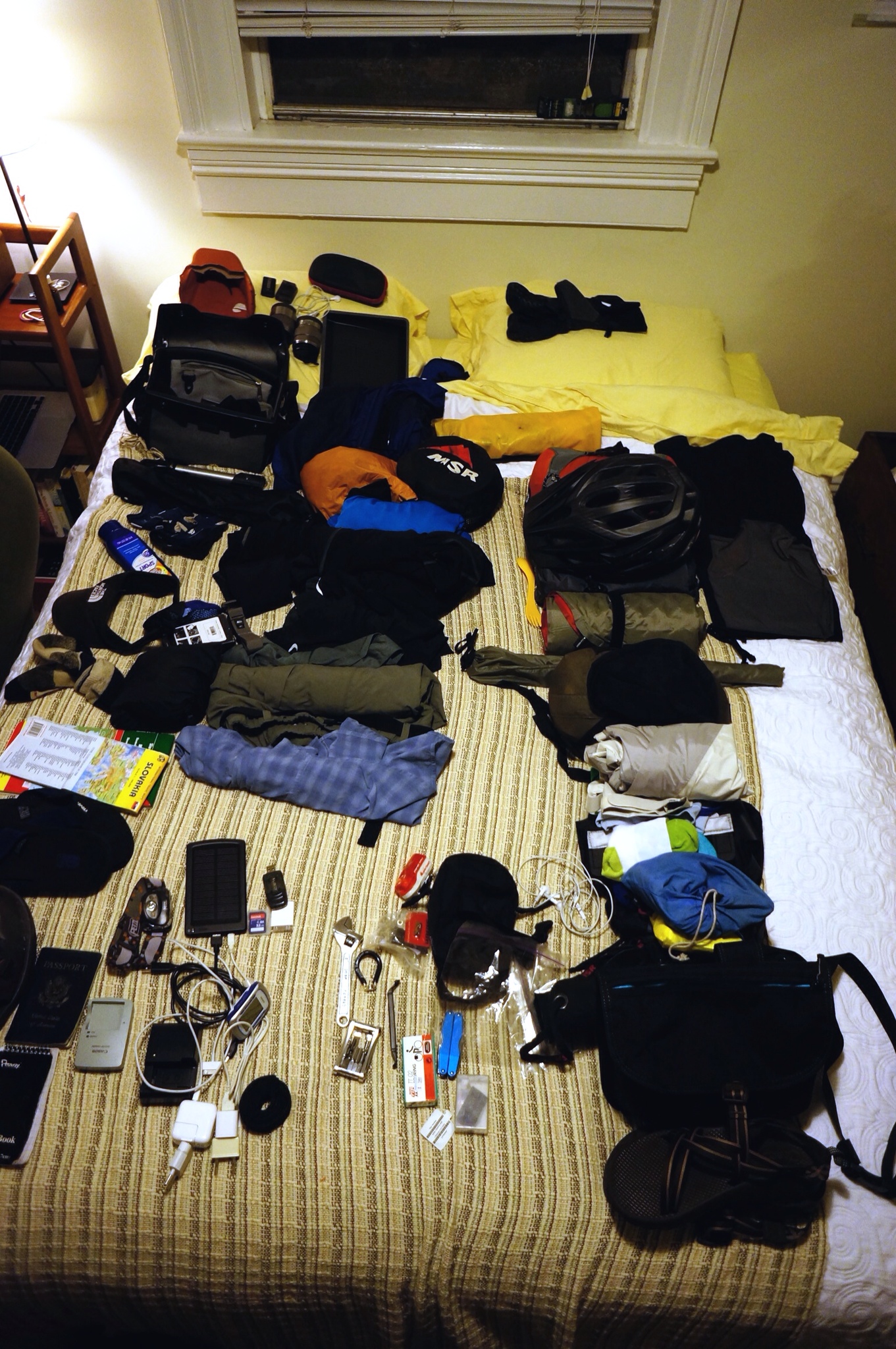It is hard to end a bicycle journey well. The goal is to travel, and the destination is just an excuse to see everything that is in between. Nonetheless, Croatia’s Dubrovnik and Montenegro’s Bay of Kotor made perhaps the perfect ending to our three and a half week bike trip across Eastern Europe.
Much of this ride has been a haunting history lesson. We didn’t choose this route because we wanted to learn about massacres; we choose it because the biking looked good (it was). Yet we started near Auschwitz, where the Nazis committed genocide on an enormous scale, and we ended near Bosnia-Herzegovina, where Serbs and Croats engaged in ethnic cleansing less than two decades ago. We read history of places as we traveled, and spoke to local people about how this history has played out. It was a valuable lesson in the evil that humans are capable of.
After these stories, it was good to finish the trip on a beach, and be reminded how peaceful and fun life can be.
Below are the day by day accounts of the last few days our trip, as well as maps of our route, as recorded by Strava and my Garmin 500. Photos from this stretch are in the next post.
We spent a full day in Sarajevo, where I spoke with local bicycle advocates, and where Lindsey and I stayed in the apartment of a cyclist who will be biking across California next month. We also spent a lot of time with Mahir, a local who lived through the siege of Sarajevo (although he was only three years old when it began). He told us about how his family would hide in their basement for a few days at a time whenever the city was being shelled, and about how their house was so close to the line between the Serb army and the Bosnian forces that he could hear the soldiers taunt each other. He also explained how they tried to just keep on living.
The cyclist who put us up in Sarajevo, Saed, recommended us a route to Dubrovnik. As we wanted to have at least one day to relax on the beach, we hitchhiked about 40km (~25 miles) on one of the larger roads to save time. (This road, though, had far less traffic than the road we hitchhiked earlier, and it would be okay to bike.) Two different trucks gave us rides. As with my previous bike hitchhiking, we found it extremely easy to find trucks willing to give us a ride.
We then turned off the main road and followed a lonely paved road into a deep canyon, and then climbed a dirt road up the far side to a 1,200 meter (4,000 ft) pass. We camped that night hidden off the road in a large pasture after a local shepherd showed us a spring where we could fill our water bottles.
Below are three segments. The first is leaving Sarajevo, the second is between the first and second truck ride, and the third is after the second truck ride.
The next day was another long one–we biked 135 kilometers, crossing into Montenegro and arriving at Risan on the Bay of Kotor. Most of this day the roads were fantastic. Construction in Montenegro, though, had torn up 10 km of paved road, leaving a very challenging dirt road that may be paved in the near future. The next road, which lead to Risan, wasn’t busy, but it wasn’t wide, had tunnels, the traffic drove at 60 to 70 mph, and cars weren’t used to seeing bicycles on the road. We luckily found a secondary road into Risan for the last few kilometers, which, as the map shows below, involved more than a half dozen switchbacks and dropped about 2,000 feet. This road was amazing–zero cars, and views of the cliffs surrounding the turquoise bay of Kotor. We jumped in the water and got our third hotel room of the trip.
We moved slowly the next day, stopping to swim four times. The main road along the bay is busy. For about 15km we followed a one lane road along the beachfront occupied mostly by slow moving pedestrians in swimsuits. If we had been in a hurry, we would have take the main road. Instead, we rested on the beach and bought Magnum ice cream.
We then entered Croatia, followed another very low traffic road, and arrived at the home of Marko, a Croatian who fled Croatia (then Yugoslavia) in 1956 when he was 17, lived in Canada for a few decades, and has now moved back. He told us about rowing a boat with five others cross the Adriatic, and then stowing away on trains. Now he hosts backpackers and cyclists and grows delicious tomatoes.
Our last day we biked 20 km to Cavtat, went for a swim, got a hotel room, and took a boat to Dubrovnik. The photos show Dubrovnik’s old town and city walls.
Our last ride started at 4:30am the following day, when we biked 6km to the Dubrovnik airport.







